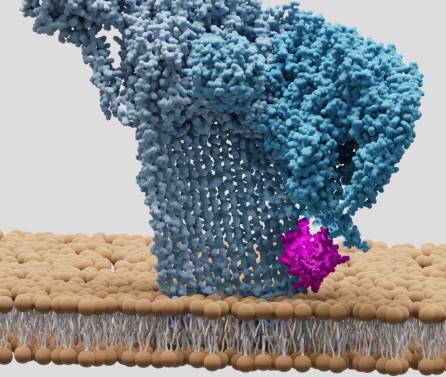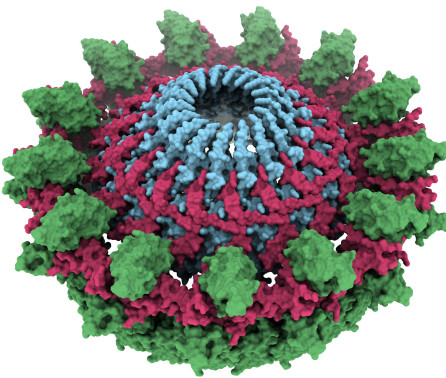BibTex format
@inbook{Thor:2011,
author = {Thor, JJV},
booktitle = {Springer Series on Fluorescence},
editor = {Wolfbeis and Hof},
title = {Photoconversion of the Green Fluorescent Protein and Related Proteins},
url = {http://www.springerlink.com/content/j48721/?p=b38871b72e804b54888551edde7efb9b&pi=0},
year = {2011}
}

